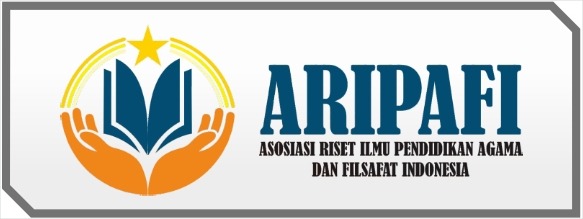Analysis of the Hujjah Level of Sahih and Hasan Hadiths
DOI:
https://doi.org/10.61194/ijis.v1i2.80Keywords:
Hadith, Proof, Shahih, HasanAbstract
Hadith is the second source of law after the Qur'an. One of the functions of Hadith is as a place of interpretation, which aims to explain the verses of the Qur'an. To understand the law based on Hadith, one must know the Hadith Hujjahan. Judging from the quality of Hadith, it is divided into three parts, namely Sahih, Hasan, and Dhaif Hadith. However, this article aims to analyze only Sahih and Hasan Hadith. This research is literature research and falls into the category of qualitative research. The results of this study show that there are several choices of hadith degrees, which can be said to be sahih and hasan. Sahih if it meets the five conditions agreed upon by the scholars of hadith and Hasan if there are conditions that are not met. The highest evidence is Sahih hadith then Hasan hadith. Sahih hadith is divided into two types, namely Sahih Li-Dzatih and li-hair. There are also two types of hasan hadith, namely Hasan Li-Dzatih, and li-hair.
References
Amiruddin, M. (2020). Klarifikasi Distingsi. Jurnal Studi Hadis, 235 - 258.
Baqi, M. F. (2017). Shahih Bukhari. Jakarta: PT. Elex Media Komputindo.
Damanik, N. (2019). Teori Pemahaman Hadis Hasan. Jurnal Kewahyuan Islam, 17 - 38 .
Fakhrurrozi. (2017). Kajian Tentang Hadis Hasan. Jurnal Waraqat , 1 - 19.
Fikri, H. K. (2015). Fungsi Hadits. Jurnal Tasamuh, 178 - 188.
Hamidy, Z. (1992). Terjemah Hadist Shahih Bukhari. Jakarta: Widjaya.
Khairani, S. P. (2023). Kualitas Kehujjahan Hadis (Shahih, Hasan, Dhaif). Journal Of Islamic Education Studies, 117 - 128.
Nurudin. (2016). Ulumul Hadis. Bandung: PT. Rosda Karya.
Salihima, S. (2010). Historiografi Hadis Hasan dan Dhaif. Jurnal Adabiyah, 212 - 222.
Yahya, M. (2016). Ulumul Hadis. Makassar: Penerbit Syahadah.
Abrahamian, E. (2009). Why the Islamic republic has survived. Middle East Report, 39(250), 10–16. https://www.scopus.com/inward/record.uri?eid=2-s2.0-65549087145&partnerID=40&md5=a78e9e80eb275caa50d6db8e5256ec3c
Asror, A. (2017). Transformative propagation1 of Islamic boarding school in response to contemporary challenges. Pertanika Journal of Social Sciences and Humanities, 25(August), 187–194. https://www.scopus.com/inward/record.uri?eid=2-s2.0-85051414966&partnerID=40&md5=732bcd3a84842bd2c8bb4e169fe64ee6
Baydoun, N., Aziz Anwar, S., & Sohail, M. S. (2021). The perceived determinants of Islamic finance for China’s belt and road initiative. Journal of Transnational Management, 26(1), 18–38. https://doi.org/10.1080/15475778.2021.1880880
El Khamlichi, A., Yildiz, S. B., Sarkar, K., & Hoque, H. (2021). Do Islamic stock indices perform better than their conventional counterparts? International Journal of Business Performance Management, 22(2–3), 236–256. https://doi.org/10.1504/IJBPM.2021.116417
Kaya, A. (2015). Islamisation of Turkey under the AKP Rule: Empowering Family, Faith and Charity. South European Society and Politics, 20(1), 47–69. https://doi.org/10.1080/13608746.2014.979031
Latief, H., & Madjid, A. (2022). Majlis Taklim and The Path Of Women’s Islamization In Indonesia. Muslim World, 112(4), 457–472. https://doi.org/10.1111/muwo.12449
Martín, J. C., Orden-Cruz, C., & Zergane, S. (2020). Islamic finance and halal tourism: An unexplored bridge for smart specialization. Sustainability (Switzerland), 12(14), 1–15. https://doi.org/10.3390/su12145736
Sulaiman, A. I., & Ahmadi, D. (2020). Empowerment communication in an islamic boarding school as a medium of harmonization. Jurnal Komunikasi: Malaysian Journal of Communication, 36(4), 323–338. https://doi.org/10.17576/JKMJC-2020-3604-20






